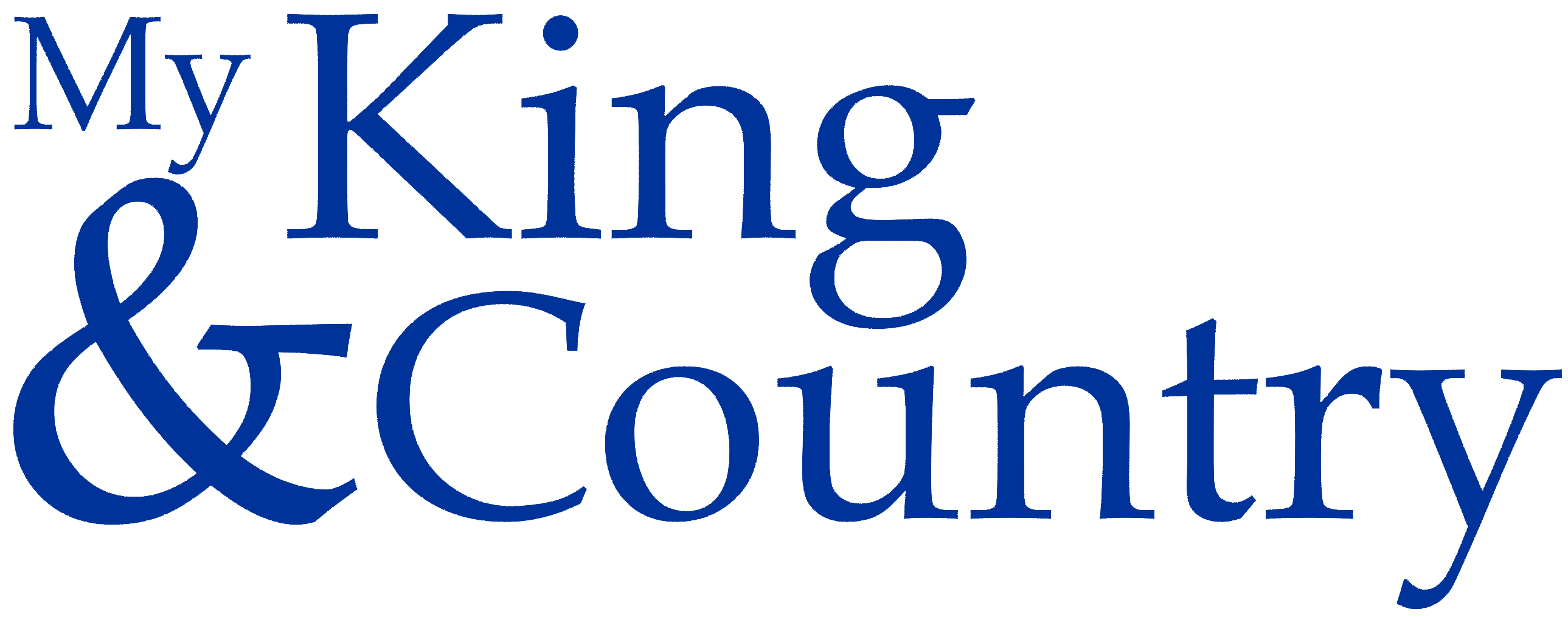Cutlass Pre-1804
The primary weapon used for boarding, and for deterring enemy boarders, was the cutlass.
Falconer states "The cutlass, used on board ships, is a broad cut and thrust with a common black japan-hilt." [1]
May & Annis state “Cutlass is now the name applied essentially to a cheap cutting weapon supplied to the Admiralty, or a ship owner, for the use of seamen. Although in such general use the term used by the Board of Ordnance, which formerly supplied all weapons to the Royal Navy, was ‘Sword for Sea Service’ while in later times the Admiralty described it as a ‘Sword, Naval". [2]
Prior to 1804, the Royal Navy had no standard pattern for cutlasses. Instead, contractors would present their own designs to the Board of Ordnance. Blades could be straight or curved, flat or fullered (the groove along the blade on some swords). Hand guard designs and grips also varied. In 1804, the first official pattern was introduced, two examples of which are shown on the following pages.
Although cutlasses manufactured prior to 1804 were not based on an official government-approved pattern, this example is surprisingly similar to the 1804 pattern cutlasses shown on subsequent pages. The main difference being that the construction is much lighter and the 'Figure of Eight' or 'Double Disk' guard is made of thinner sheet-metal. The shape of the guard and the style of flat, broad blade are, however, almost identical.




Date: Prior to 1804
Length (overall):33.5 in (85 cm)
Length (blade): 29 in (73.5 cm)
Weight: 1.9 lb (0.85 kg)
Maker: Unknown
Materials: Steel, cast iron
A distinctive feature of pre-1804 cutlasses is the grip. Instead of the solid iron segmented grip of the 1804 pattern, this cutlass has a plain grip of rolled sheet iron.
This cutlass, including the blade, has a dull black patina, having been 'japanned' to protect it from the salt air at sea. Both sides of the blade are stamped with the King's GR cypher. One side is quite poorly stamped (as many surviving cutlasses appear to be), which makes me wonder if the maker just flipped it over and tried again.
The 'Figure of Eight' guard is slightly bent and dinted to the right of the blade. Whether this is from action or merely from ill treatment following its sea service, is impossible to say.
This cutlass was purchased from the US and has, at some time in its life, made the westbound journey across the Atlantic. Per the vendor, it came from the Stiles family in Southbury, CT. who have been there since the 18th century.
Purchased from Bartley Antiques, Litchfield, CT 16 AUG 2010

British Sailors Boarding a Man of War, 1799
"This print represents the recapture of the British ‘Hermione’ in Puerto Cabello, Venezuela, by boats of the ‘Surprise’, two years after her crew had mutinied against the sadistic Captain Pigot, killed him and most of his officers, and handed the ship over to the Spaniards."
Painted by John Augustus Atkinson (1815)
NMM (PAD5628)
DESCRIPTION
Note that these cutlasses have curved blades, unlike the one in the collection.

NOTES
[1] Falconer's New Universal Dictionary of the Marine, William Burney 1815 (Republished 2006)
[2] Swords for Sea Service, Commander W.E. May, RN & P,G,W Annis 1970


